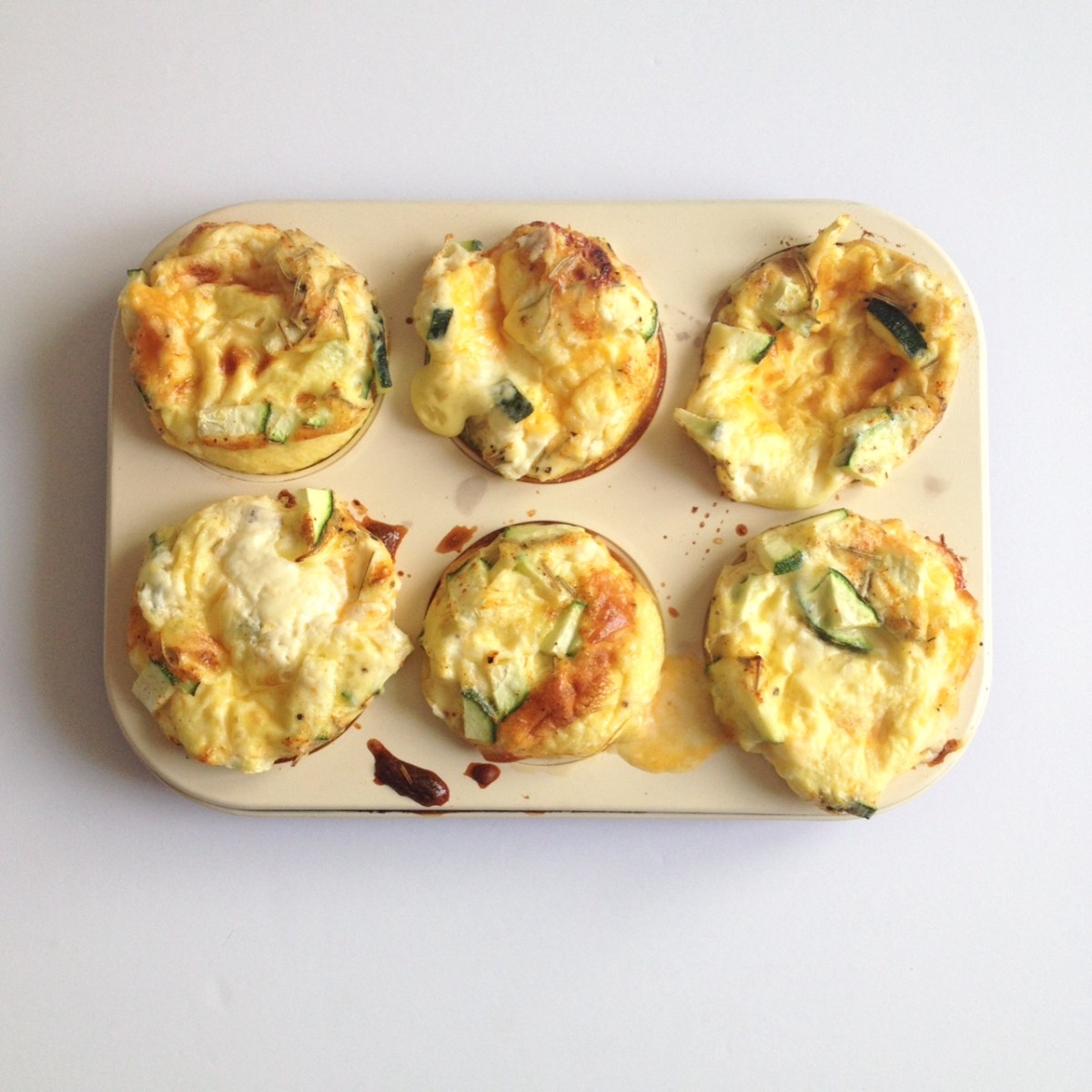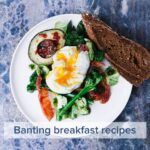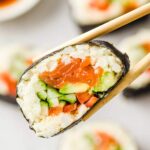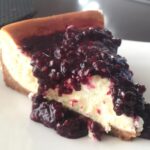Start your day with a delightful and nutritious boost! This comprehensive guide delves into the art of baking Banting muffins, offering a variety of flavor profiles and baking techniques to tantalize your taste buds and fuel your body. Discover the secrets to achieving perfectly textured muffins, from the fluffy crumb of a classic cinnamon swirl to the rich decadence of a dark chocolate delight. Learn how to adapt recipes for dietary needs, explore creative serving suggestions, and understand the science behind this healthy baking approach.
We’ll explore three distinct Banting muffin recipes—each a culinary adventure in itself—detailing their unique ingredient combinations, nutritional benefits, and visual appeal. From the step-by-step baking process to ingredient substitutions and troubleshooting common baking pitfalls, this guide empowers you to become a Banting muffin master. Prepare to elevate your breakfast routine with these wholesome and delicious treats.
Banting Muffin Recipe Variations

Banting muffins offer a delicious and satisfying alternative to traditional high-carbohydrate muffins, perfect for those following a low-carb, high-fat diet. These variations showcase the versatility of the Banting approach, allowing for a range of flavors and textures while maintaining the core principles of the diet. Each recipe emphasizes healthy fats and protein, resulting in muffins that are both nutritious and enjoyable.
Banting Muffin Recipe Variations Table
The following table presents three distinct Banting muffin recipes, each with a unique flavor profile and ingredient list. These recipes provide a starting point for your own culinary experimentation.
| Muffin Name | Key Ingredients | Special Touches | Serving Suggestion |
|---|---|---|---|
| Double Chocolate Delight | Almond flour, coconut flour, unsweetened cocoa powder, eggs, butter, erythritol or other sugar substitute, vanilla extract | Adding a pinch of sea salt enhances the chocolate flavor. A swirl of melted dark chocolate on top adds visual appeal. | Pair with a dollop of unsweetened whipped cream or a side of berries for a contrasting sweetness. |
| Blueberry Bliss | Almond flour, coconut flour, eggs, butter, erythritol or other sugar substitute, fresh or frozen blueberries, lemon zest | To prevent the blueberries from sinking, toss them lightly in a little almond flour before adding to the batter. | Enjoy warm with a cup of unsweetened almond milk or black coffee. |
| Cinnamon Swirl Surprise | Almond flour, coconut flour, eggs, butter, erythritol or other sugar substitute, cinnamon, nutmeg, chopped pecans or walnuts | Create a cinnamon swirl by mixing a portion of the batter with extra cinnamon and swirling it into the main batter before baking. | Perfect with a side of Greek yogurt or a sprinkle of powdered erythritol for extra sweetness. |
Nutritional Benefits of Banting Muffin Variations
The nutritional composition of Banting muffins varies depending on the specific recipe and ingredients used. However, generally, they are characterized by a lower carbohydrate content compared to traditional muffins, with a higher proportion of healthy fats and protein. This makes them a suitable choice for individuals aiming to manage their blood sugar levels and increase satiety.
- Double Chocolate Delight: High in healthy fats from butter, moderate in protein from eggs, and low in carbohydrates due to the use of almond and coconut flour and sugar substitutes. The macronutrient breakdown will vary depending on the specific sweetener and the amount used. Expect a higher fat content compared to the other variations.
- Blueberry Bliss: Similar macronutrient profile to the chocolate muffins, with a slightly lower fat content depending on the number of blueberries added. The blueberries contribute a small amount of natural sugars and antioxidants.
- Cinnamon Swirl Surprise: The addition of nuts increases the protein and healthy fat content. The carbohydrate content remains low due to the use of alternative flours and sweeteners. The overall macronutrient profile will be similar to the blueberry variation, potentially with a higher protein and fat ratio depending on the type and quantity of nuts used.
Texture and Visual Appeal of Banting Muffins
The texture and appearance of Banting muffins differ slightly based on the recipe. However, they generally share some common characteristics.
- Double Chocolate Delight: These muffins typically have a moist, slightly dense crumb structure. Their color is a deep, rich brown, reflecting the cocoa powder. The overall appearance is decadent and appealing, resembling a miniature chocolate cake.
- Blueberry Bliss: These muffins have a lighter, slightly more airy crumb compared to the chocolate variation. The color is a pale golden-yellow, speckled with the deep blue of the blueberries. The visual contrast between the pale batter and the dark berries is visually striking.
- Cinnamon Swirl Surprise: These muffins exhibit a moist, slightly crumbly texture. The color is a light golden-brown, with visible swirls of darker cinnamon throughout. The pecans or walnuts add visual interest and textural contrast.
Step-by-Step Banting Muffin Baking Process
Baking Banting muffins is a straightforward process, yielding delicious and healthy treats perfect for a satisfying breakfast or snack. This guide provides a detailed, step-by-step approach, ensuring consistent results every time. Remember to always pre-measure your ingredients for a smoother baking experience.
Ingredient Preparation and Mixing
Before beginning the actual baking process, meticulous preparation is key. This ensures all ingredients are readily available and properly measured, leading to a more efficient and successful baking experience. Begin by preheating your oven to the specified temperature, allowing it to reach the ideal heat before introducing the batter. This prevents uneven baking and ensures the muffins cook thoroughly. Next, carefully measure out all dry ingredients—almond flour, coconut flour, baking powder, and any sweeteners—into separate bowls. This prevents accidental spills and ensures accurate measurements. Similarly, prepare the wet ingredients—eggs, melted coconut oil, and any liquid sweeteners—in another bowl. Whisk the wet ingredients together until fully combined and emulsified. Then, gently fold the dry ingredients into the wet ingredients, mixing until just combined. Overmixing can lead to tough muffins.
Muffin Batter Transfer and Baking
Once the batter is prepared, the next stage involves transferring it to the chosen baking vessel. This step requires care and precision to ensure even distribution of the batter, resulting in uniformly baked muffins. Line your muffin tin with paper liners or grease the tin thoroughly to prevent sticking. Fill each muffin cup about two-thirds full. This prevents the batter from overflowing during baking. Image description: A close-up shot showing a spoon carefully transferring golden-brown Banting muffin batter into paper-lined muffin cups, almost two-thirds full. The batter is smooth and slightly viscous. The muffin tin sits on a clean countertop.
Baking and Cooling
The baking process is crucial for achieving the perfect texture and taste. Closely monitor the muffins during baking to prevent overcooking or undercooking. Bake the muffins at the prescribed temperature for the specified time, usually around 20-25 minutes. Image description: A top-down view of a tray of Banting muffins baking in a preheated oven. The muffins are lightly browned on top, and steam is gently escaping from the oven. A timer is visible, set for 20 minutes. Insert a toothpick into the center of a muffin; if it comes out clean, the muffins are done. Allow the muffins to cool in the tin for a few minutes before transferring them to a wire rack to cool completely. This prevents them from becoming soggy. Image description: A wire rack holding several perfectly baked Banting muffins, still slightly warm, cooling gradually. The muffins are a light golden brown with a slightly textured surface.
Alternative Baking Methods
Banting muffins can be successfully baked using various methods, each affecting the final texture and appearance. Choosing the right method depends on preference and available equipment. Using a muffin tin yields individual muffins with a characteristic domed top. Silicone molds produce muffins with a softer, less crisp edge. Baking in a loaf pan results in a single, larger cake-like Banting loaf. The baking time may need adjustment depending on the chosen method and the size of the baking vessel. For example, a loaf pan will require a longer baking time compared to a muffin tin.
Flowchart of the Banting Muffin Baking Process
The baking process can be visualized as a flowchart:
[Start] –> [Preheat Oven] –> [Prepare Ingredients] –> [Mix Wet Ingredients] –> [Combine Wet and Dry Ingredients] –> [Fill Muffin Cups] –> [Bake] –> [Check Doneness] –> [Yes: Remove from Oven] –> [No: Continue Baking] –> [Cool] –> [Enjoy!]
Baking Banting muffins isn’t just about creating a delicious breakfast; it’s about embracing a healthier lifestyle through mindful eating. This guide has equipped you with the knowledge and recipes to craft a variety of delightful muffins, catering to diverse tastes and dietary requirements. Experiment with different flavors, explore alternative baking methods, and most importantly, enjoy the process of creating these nutritious and satisfying treats. With each bite, you’ll be taking a step closer to better mornings, fueled by the wholesome goodness of Banting muffins.
FAQs
Can I freeze Banting muffins?
Yes, Banting muffins freeze beautifully. Wrap them individually in plastic wrap and then place them in a freezer-safe bag or container for up to three months.
What happens if I overbake the muffins?
Overbaked muffins will be dry and crumbly. To prevent this, use a toothpick to check for doneness; it should come out clean when inserted into the center.
Are Banting muffins suitable for children?
Generally, yes, but always consult with your pediatrician or a registered dietitian before introducing new foods, especially those with dietary restrictions, into a child’s diet.
Can I use a different type of sweetener?
While the recipes use specific sweeteners, you may be able to substitute with others, such as erythritol or stevia. However, be aware that this may affect the final taste and texture. Experiment cautiously.


